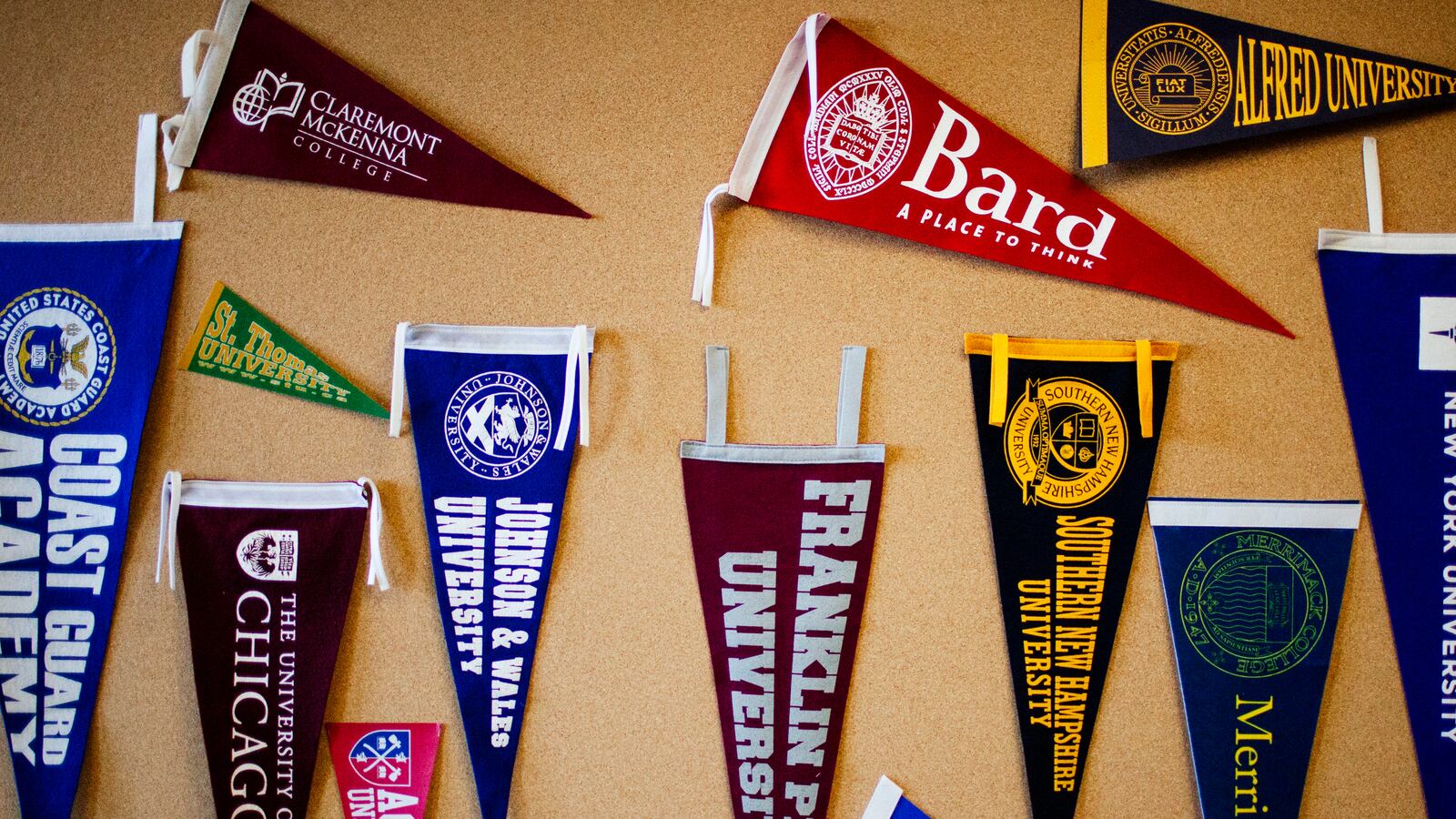Last week’s college admissions scandal focused national attention on the extraordinary lengths to which some wealthy parents have gone to send their children to elite colleges. But the allegations of cheating and fraud are not the real outrage here.
What is truly scandalous is our state’s and our country’s failure to make college education a viable tool of socioeconomic mobility.
As college advisors in Chicago Public Schools, we know that high-profile malfeasance is beside the point. When our students do things the right way, and college admissions and financial aid systems work as they are supposed to, those systems still work against our students.
This plays out in several ways. One is cost: Over the last few decades, it has become increasingly difficult for academically qualified, low-income students to pay for college. We have worked with countless students who have gained admission to schools of their choice but could not afford to attend them, despite being eligible for “maximum” financial aid.
One reason is the declining value of the federal Pell grant. In the late 1960s, one of our parents put herself through college almost exclusively on the strength of her Pell grant. As recently as 1980, a full Pell grant covered 69 percent of the average cost of attendance for one year at a four-year school. As of 2017, the average grant value is down to 29 percent of a year’s full cost.
One of our students recently received her financial aid package from the University of Illinois at Urbana-Champaign. While the overall award is outstanding, her full Pell grant covers just 20 percent of her total cost of attendance. The remainder is filled in by merit scholarships and institutional grants that the university is, fortunately, able to provide.
Not all of our students are as lucky. We worked with a high-achieving student last year who was eligible for maximum financial aid, but was still left with an out-of-pocket cost of $10,000 per year at Illinois State University and $9,000 at Western Illinois University — after taking out $5,000 in loans.
Viable financial aid packages are increasingly uncommon at many state institutions, as state funding for higher education has dwindled. The resulting changes disproportionately affect our students, as selective public universities reduce the share of low-income students they enroll and increase the share of students whose families can pay full price.
To make matters worse, Illinois has not kept up with the demand for providing financial aid directly to students. In 2017, fully 58 percent of eligible students were denied the state’s Monetary Assistance Program grant simply because Illinois ran out of money. And even when qualifying students do receive it, the grant leaves students and families with an average annual cost of over $10,000. That’s about $800 per month — even more cost-prohibitive when one considers that most Pell-eligible families have an annual income of less than $30,000.
The allure of a college degree as a ticket to the middle class means that cash-strapped families often resort to student loans that stretch family resources dangerously thin.
That student we mentioned who faced a $10,000 gap at Illinois State? She chose to enroll, and her out-of-pocket costs after student loans reached nearly $400 a month. Should that shaky financial footing push her to leave the university at any point, her student loans would remain, regardless of whether she graduates or what she earns afterward.
If she does graduate and repays her loans, her future earnings over time will probably make her investment a good one. But low-income students are more likely to attend colleges with lower graduation rates. Her school of choice, Illinois State University, has a four-year graduation rate of less than 50 percent.
Meanwhile, the danger of those student loans is magnified for underrepresented groups. One analysis of federal student loan data found that while 11 percent of borrowers defaulted on at least one loan, the figure was nearly 35 percent for Hispanic borrowers and nearly 50 percent for African-American borrowers.
So no, there is no fabled meritocracy of higher education to be restored once we root out the backdoors that allowed some wealthy parents to help their students attend elite schools. While special favors for the chosen few are certainly one feature of an inequitable system, the much more important challenge is to remove the formidable barriers that stand in the way of underrepresented students.
Sending Aunt Becky from “Full House” and her husband to prison for fraud will not solve our society’s lack of commitment to low-income students’ college success. Instead, we need policy action at both the federal and state level.
Andrew Johnson is a National Board-certified social sciences teacher. Ryan Kinney is a professional school counselor who has previously served as a CPS master counselor. Both are credentialed college and career access advisers at Westinghouse College Prep in East Garfield Park.
About our First Person series:
First Person is where Chalkbeat features personal essays by educators, students, parents, and others trying to improve public education. Read our submission guidelines here.

